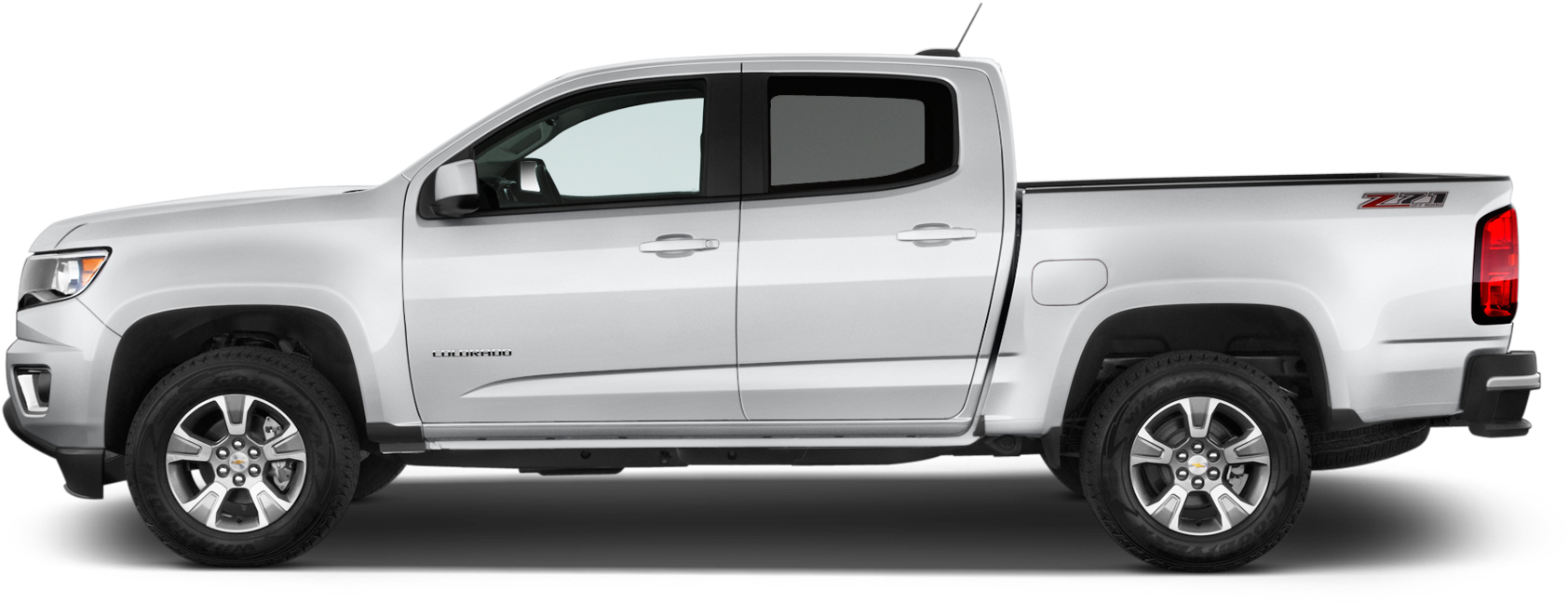Differences Between Regular, Extended, and Crew Cabs (PDF)
In America, pickup trucks are among the most popular vehicles. Due to their variety of configurations, they offer up mind-boggling versatility, new comfort and efficiency features, and amenities that have led to the best-selling truck models being used as much for commuting and family travel as they do for work.
Here’s a primer on pickup truck cab styles – particularly the crew cab, which offers several advantages that make it popular for everyday use with multiple passengers.
There are many features that manufacturers offer to try to gain an edge over their competition, including powertrains, specs, bed length, cargo management systems, and other amenities. Cab configuration is another factor that automakers consider.
When comparing one brand of a truck to another, make sure you compare apples to apples in terms of cab length, available seating, and other factors that determine cab styles. Some manufacturers use different names.
So, what are the differences between regular, extended, and crew cabs?

Crew Cab
Crew cab trucks are generally the largest full-size pickup trucks. In a crew cab, five or six passengers can be transported across two rows, five is typical, with two front seats, but a front bench may also be available, both new and used. These two rows require a lot of space, which makes crew cab trucks look heavy in the front. If you see a truck with four doors and two rows of seating, it’s probably a crew cab.
Typically, crew cab trucks are the most expensive in any manufacturer’s model lineup because they have the most space up front. As crew cab trucks generally don’t come with a model’s longest bed, some cargo space is sacrificed. Another way to identify a crew cab truck is if it appears to have a relatively short bed, usually 5.5 or 6.5 feet. That would simply make the truck too long.
Extended Cabs
One of the problems with pickup truck terminology is that it can be confusing. The name implies that an extended cab is larger than a regular or standard cab. It’s obvious, too, when you compare an extended cab to a regular cab. In addition to having rear doors and rows of seating, extended cabs also have rear doors.
The reason a manufacturer offers two distinct sizes of two-row cabs is that crew cabs are still larger than extended cabs.
If you don’t need to carry adult rear passengers very often, and they’re fine with squeezing behind you, you might be able to get away with an extended cab.
These cabs have rear doors that are smaller than a crew cab’s rear doors, so the space is accessible, but not as easily (some manufacturers put back hinges on the rear doors to make entry and exit easier). If you primarily use the rear row for secure storage of gear that you don’t want to keep in the truck bed, extended cabs are a good choice.
In addition, if you need a longer pickup truck bed, like an 8-footer, and cabin space is a bigger priority, an extended cab can be a good compromise.
Regular Cab
There is nothing more basic than a standard cab pickup truck. It’s a staple of fleets and commercial users, designed to get the job done cheaply and efficiently and generally free of the bells and whistles that make a top-trim pick up two to three times as expensive as a base model.
A regular or standard cab pickup has one pair of doors and can seat two or three across, depending on whether you opt for bucket seats or a bench. Some pickups have storage behind the seats, but not always. There are several advantages to standard cabs: they’re cheapest, straightforward, and distracting, and they’re available with longer beds than crew cabs, allowing more storage and hauling flexibility.
Standard cab trucks are made for work. You can use one as a daily driver if you want, but most consumers’ tastes and expectations for new vehicles have evolved beyond what most manufacturers offer.




